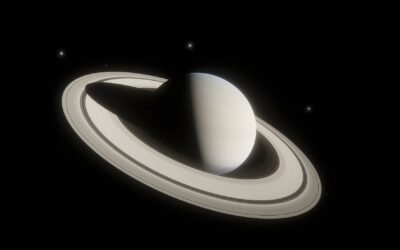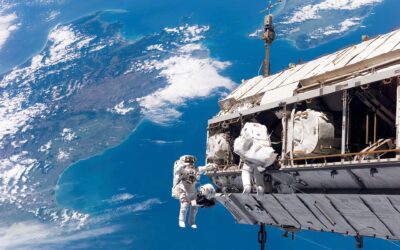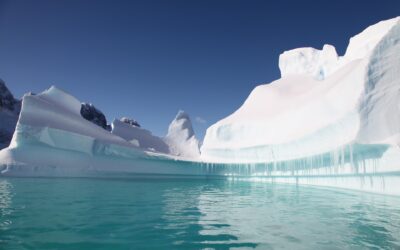
AI is learning to speak dolphin: how technology is bringing interspecies communication closer to reality
Artificial intelligence is taking us one step closer to having real conversations with dolphins. For decades, scientists have been fascinated by these intelligent marine mammals, known for their complex vocalizations and social behaviors. Now, thanks to cutting-edge AI models and ambitious research initiatives, we’re beginning to decode their language in ways that once seemed like…









